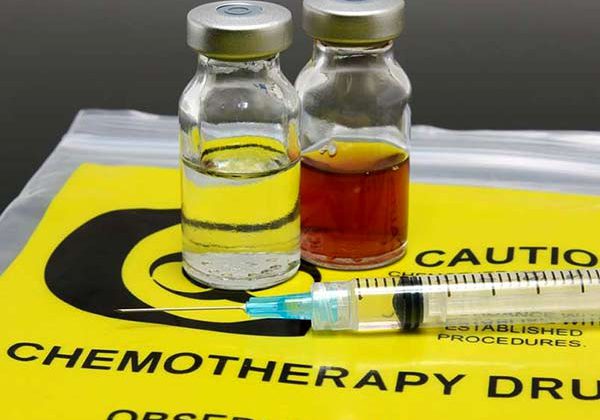PCI after heart attack may be lifesaver for older patients
Among heart attack patients 75 years and older, the oldest of those patients were less likely than younger patients to receive a procedure to open blocked arteries. But, older patients were more likely to survive heart attacks if they had a percutaneous coronary intervention, or PCI, according to a new research letter in Circulation:Cardiovascular Interventions, an American Heart Association journal.
 Adults 75 years and older are a fast-growing age group, expected to make up 11.5 percent of the U.S. population by 2050. Yet, relatively little is known about whether it’s beneficial to perform PCI in these patients.
Adults 75 years and older are a fast-growing age group, expected to make up 11.5 percent of the U.S. population by 2050. Yet, relatively little is known about whether it’s beneficial to perform PCI in these patients.
“We know that PCI is safe, feasible and improves overall survival and well-being in younger adults who have a heart attack,” said study author Abdulla A. Damluji, M.D., M.P.H., an Assistant Professor at Johns Hopkins University School of Medicine in Baltimore, Maryland and an Interventional Cardiologist at Sinai Hospital of Baltimore, LifeBridge Health in Maryland. “But older adults tend to have more complex medical needs, and live with geriatric syndromes like frailty, multiple chronic conditions, cognitive impairment and use multiple medications. Because of these intricacies, they are systematically excluded from clinical trials to test therapies including PCI. As such, the evidence on whether or not such treatment works in older adults has not been fully evaluated.”
Damluji and colleagues studied medical records of nearly 470,000 older patients admitted to U.S. hospitals with a first heart attack from 2000 to 2016. They grouped patients 75 to 79 years as “young-old,” 80 to 84 as “middle-old” and 85 and older as “old-old.”
They found:
The 85-and-older group were most likely to have other diseases when admitted for their first heart attack. They also were most likely to die in the hospital, at a rate of 13 percent, versus the youngest group of which 8 percent died in the hospital.
PCI was performed in 38 percent of 75- to 79-year-old group, 33 percent of the 80- to 84-year-old group and 20 percent of 85-and-older heart attack patients.
PCI use among 85-and-older first-time heart attack patients increased sharply over time from 10 percent in 2000 to 25 percent in 2016. Risk of death for these patients fell over time, from 17 percent in 2000 to 11 percent in 2016.
There was a 53 percent reduction in overall death among the 75- to 79-year-olds in the PCI group compared to the group that did not have the procedure. The reduction in death with PCI was 49 percent among those 80 to 84 and 42 percent reduction among 85-and-older. That means that for every 1,000 cases, lives were saved for 49 young-olds, 53 middle-olds and 54 old-olds.
“We are attempting PCI in the very old patient population more and more over time, and even though this is a complex patient population and PCI is an invasive intervention, it appears that the life-saving benefit is substantial,” Damluji said.
“Determining through a futility assessment when a procedure should not be done remains a critical challenge” said Mauro Moscucci, M.D., M.B.A., senior author of the study and Chairman of Medicine at Sinai Hospital of Baltimore, LifeBridge Health in Maryland. “Futile procedures are procedures that are not expected to change the outcome. They can even result in worse outcomes due to unexpected complications.”
A limitation of this work is it is not a clinical trial; rather, it shows an association between PCI and survival in very old adults over 85 years of age and admitted with heart attack.
“In order to have a sound conclusion about the effectiveness of PCI in this population, future clinical trials should enroll older adults even if they have complexities such as frailty, multiple chronic conditions cognitive dysfunction and multiple medications,” Damluji said.
Source: American Heart Association
Full bibliographic information
Temporal Trends of Percutaneous Coronary Interventions in Older Adults With Acute Myocardial Infarction – An Increasing Rate of Utilization in Very Old Adults
Circ Cardiovasc Interv. 2019;12:e007812. DOI: 10.1161/CIRCINTERVENTIONS.119.007812




